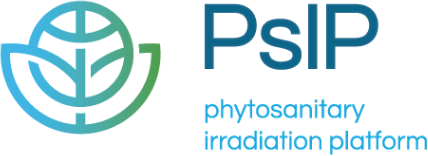Biosecurity when importing fresh produce
Imported fruits and vegetables can harbour harmful insects, which pose a serious risk to domestic agriculture.
Phytosanitary processing is used to prevent the introduction or spread of regulated pests that may be present in commodities entering international trade.
Because this process is rapid, simple and leaves no toxic residues, the commercial use of irradiation is expanding.

Irradiation is a post-harvested process applied to a wide variety of fruits & vegetables including:

Mangoes
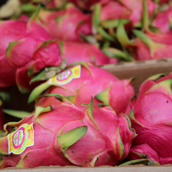
Dragonfruit
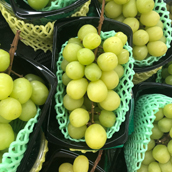
Table Grapes

Cherries

Sweet Potatoes
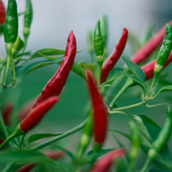
Chilli Peppers
How does irradiation work?
Like cold or heat, irradiation is a safe physical process during which energy is transferred from a source of ionizing radiation to a product. The quantity of energy transferred per mass of product is called the dose and is expressed in grays (symbol Gy). This dose is controlled to achieve the desired effect without impairing the quality of the product.
For more information on irradiation please visit the Resources section of the International Irradiation Association website.
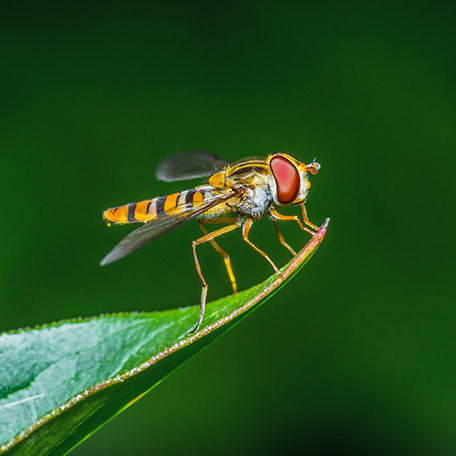
Control of insect pests
The effect of irradiation on the pest is independent from the effect on the host product (the fruit or vegetable) and irradiation at doses below 1,000 Gy can have different objectives:
● Mortality of the pest;
● Preventing successful development (e.g. non-emergence of adults);
● Inability to reproduce (e.g. sterility);
● Inactivation.
Phytosanitary uses of irradiation can also include the devitalization of plants to avoid the spread of invasive species (e.g. seeds may germinate but seedlings do not grow; or tubers, bulbs or cuttings do not sprout).
If high-risk quarantine pests are found to commonly infest a product, phytosanitary treatment may be a regulatory requirement for market access.

A paradigm shift
Shipments containing irradiated products with live regulated pests must not be rejected if they were properly irradiated and satisfy quarantine requirements.
Phytosanitary irradiation introduces an approach, akin to HACCP, resting on 3 pillars:
1. The soundness of research supporting minimum dose,
2. The confidence that the irradiation process will achieve the minimum dose,
3. The phytosanitary safeguarding of the product after irradiation.
If the above pillars are addressed, phytosanitary irradiation will be a highly effective process to safeguard biosecurity while maintaining low costs and product quality in fresh produce imports.

